Salvia Blue Hill, a plant with a demeanor as serene as its name suggests, steps into the garden with a quiet confidence. This article sheds light on a perennial that doesn’t just add a splash of color but becomes a cornerstone for biodiversity and minimal maintenance charm in your outdoor space. With an emphasis on practical advice and straightforward care tips, we navigate through what makes Salvia Blue Hill a worthy addition to any garden.
Plant Overview
Salvia Blue Hill, formally known as Salvia x sylvestris 'Blue Hill', or 'Blauhugel', graces the garden with rich violet-blue flowers. A member of the larger Salvia family, it brings hardiness and drought tolerance. Its striking blue spikes pop against green foliage from early summer through to fall with deadheading.
At 18 to 24 inches tall and wide, Salvia Blue Hill is at home in a sunny border, butterfly garden, or cottage garden. It thrives in full sun and well-draining soil, tolerating average, dry to medium moisture levels. Once established, it stands up well to dry spells.
Salvia Blue Hill attracts beneficial pollinators like butterflies, hummingbirds, and bees with its vibrant colors and sweet nectar.1 It also offers deer resistance, making it ideal for keeping gardens intact while inviting the right wildlife.
Its aromatic mid-green leaves add a fragrant dimension, encouraging a closer connection with the garden. This award-winning perennial, recognized by the Royal Horticultural Society, adds proven quality and unmatched beauty. Salvia Blue Hill transforms outdoor spaces into a canvas of serene blue hues, reviving the earth with every bloom.
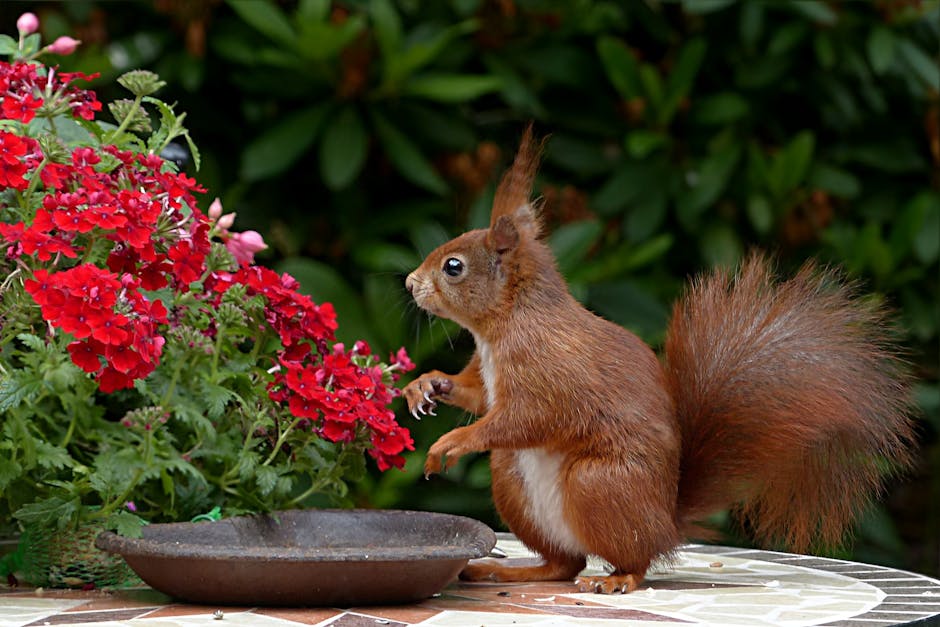
Growing Conditions
Salvia Blue Hill requires a spot with at least six hours of daily sun to produce its mesmerizing blue flowers. It prefers well-drained soil, such as sandy or loamy types, that don't retain water for too long. Overwatering can lead to problems.
During summer heat, Salvia Blue Hill demonstrates its drought tolerance. It requires less attention once established, bouncing back when rain is scarce. Regular watering is appreciated initially, but can be reduced as the plant takes hold.
Salvia Blue Hill thrives in USDA hardiness zones 4 through 9, accommodating a wide range of climates.2 It prefers neutral to slightly acidic pH levels for optimal growth, but can adapt to various soil types.
Companion plants like Echinacea or Rudbeckia, which share Salvia Blue Hill's sun-loving nature, create a harmonious mingling of textures and colors throughout the blooming season.
As colder days approach, Salvia Blue Hill may appear less vigorous. However, with spring's return, it resurrects, ready to capture the sun's rays and enchant pollinators once more. Embrace its hardy nature and minimal care requirements to enjoy ballets of blue from summer through fall.
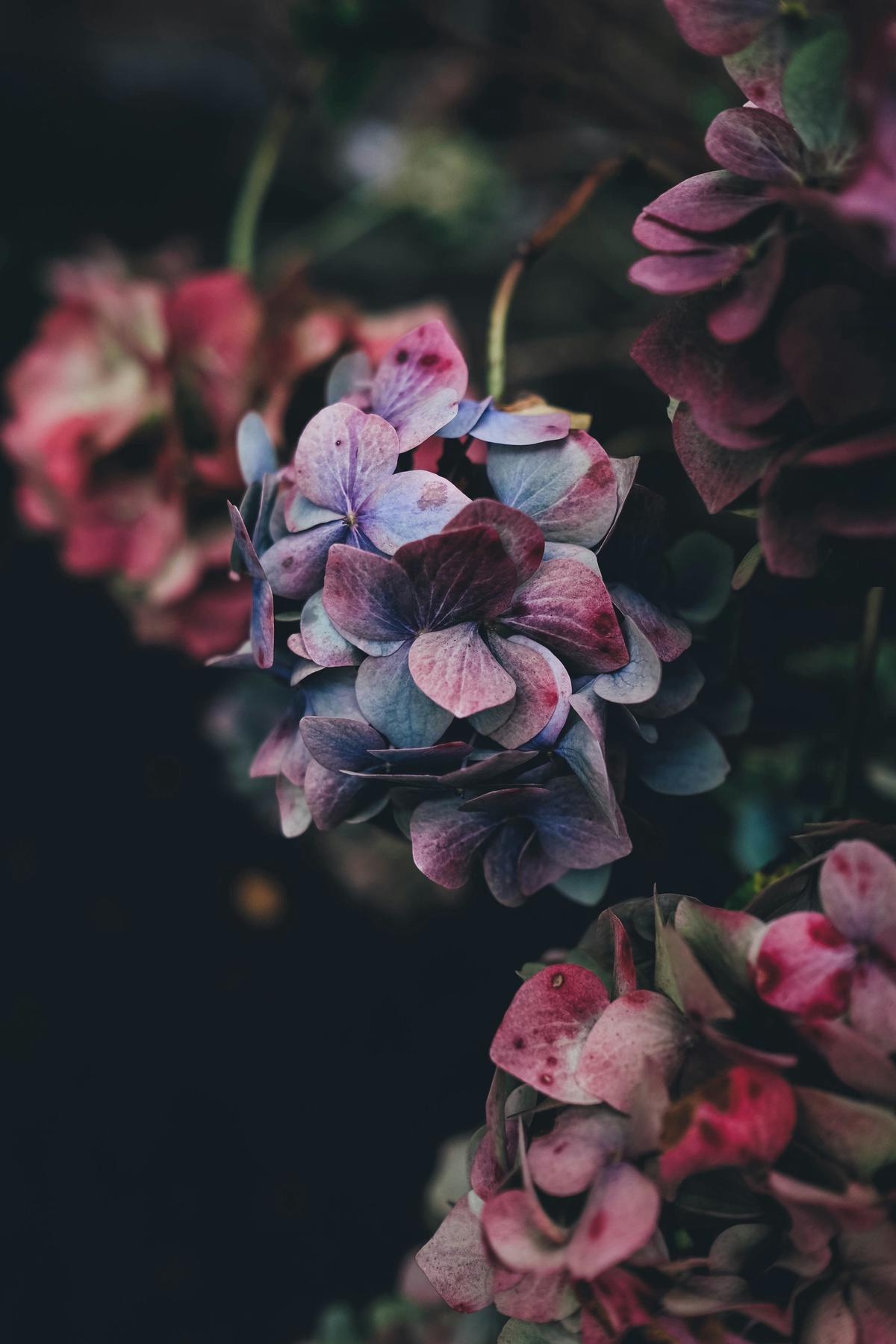
Photo by anniespratt on Unsplash
Plant Care
Watering
When watering Salvia Blue Hill, maintain consistently moist but not soaked soil. More frequent watering helps establish the plant initially. As it matures, water only when the top inch of soil feels dry, as the plant handles drier conditions well.
Fertilizing
Fertilizing Salvia Blue Hill is straightforward. Apply a light dose of general-purpose fertilizer in early spring when new growth appears. For encouraging blooms, a midsummer feed can be beneficial. Avoid over-fertilizing, as it can lead to weak, leggy growth.
Pruning
Pruning is crucial for Salvia Blue Hill. After the first wave of blooms fades, cut back the spent flower spikes to stimulate a second bloom period, extending the flowering season into late summer or early fall.3 Occasional trimming helps maintain a compact, bushy shape.
Pest Control
Salvia Blue Hill shows commendable resistance to pests and diseases. However, watch for aphids and spider mites during hot, dry periods. A blast of water or insecticidal soap can manage these pests effectively. Good spacing promotes airflow, reducing the risk of fungal infections like powdery mildew.
Caring for Salvia Blue Hill involves establishing a good foundation and making minor adjustments. With appropriate watering, judicious fertilizing, timely pruning, and pest surveillance, Salvia Blue Hill will thrive, showcasing its vibrant blooms and contributing to the garden's dynamic tapestry.
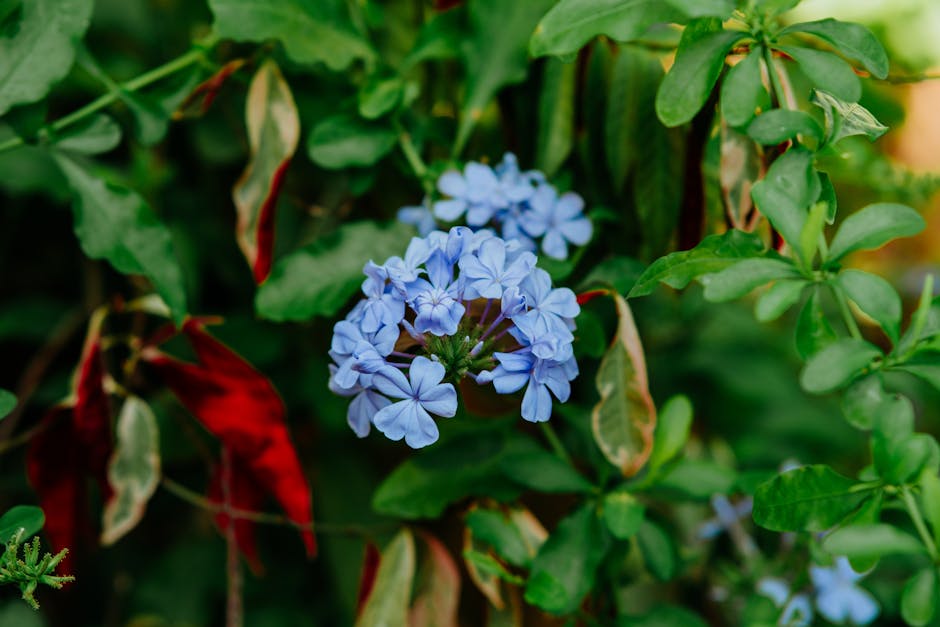
Landscape Uses
Salvia Blue Hill shines in landscapes as flashy borders, in rock gardens, or as ground covers. Its vibrant blue-purple flowers and bushy nature blend seamlessly, adding color and structure to various designs. As a border, it creates striking contrast against lawns and pathways, guiding the eye while remaining tidy.
Rock gardens welcome Salvia Blue Hill, where its drought tolerance thrives in well-draining soils among stones and gravel. The blue-purple flowers breathe life into the stoic appearance, softening edges and providing color that complements earthy tones. Partnered with sedums, succulents, or other drought-tolerant perennials, it crafts a tapestry of texture and hue.
As a ground cover, Salvia Blue Hill spreads modestly, filling gaps with aromatic foliage and eye-catching color spikes from early to late summer. Its low-growing nature makes it excellent for covering bare spots where grass struggles, offering a lively alternative with less water and maintenance needs.
For companion planting, Salvia Blue Hill pairs beautifully with various perennials:
- Cool blue tones juxtapose with the warm yellows of Achillea or fiery oranges of daylilies, invigorating the garden with complementary color.
- Echinacea's bold pinks and purples harmonize with Salvia Blue Hill, attracting bees, butterflies, and hummingbirds.
- Integrating Salvia Blue Hill among roses brings an enchanting contrast of form and texture. Its upright flower spikes cut a striking figure against soft, rounded rose blooms, enhancing visual interest throughout the growing season. Its aromatic leaves can deter pests that plague rose bushes, serving ornamental and functional roles.
Salvia Blue Hill transforms outdoor spaces into lively scenes brimming with color, texture, and ecosystem benefits. Whether as elegant borders, parts of a serene rock garden, reliable ground covers, or companions to vibrant perennials, Salvia Blue Hill proves indispensable in landscape design, promising low maintenance care for a bounty of beauty.
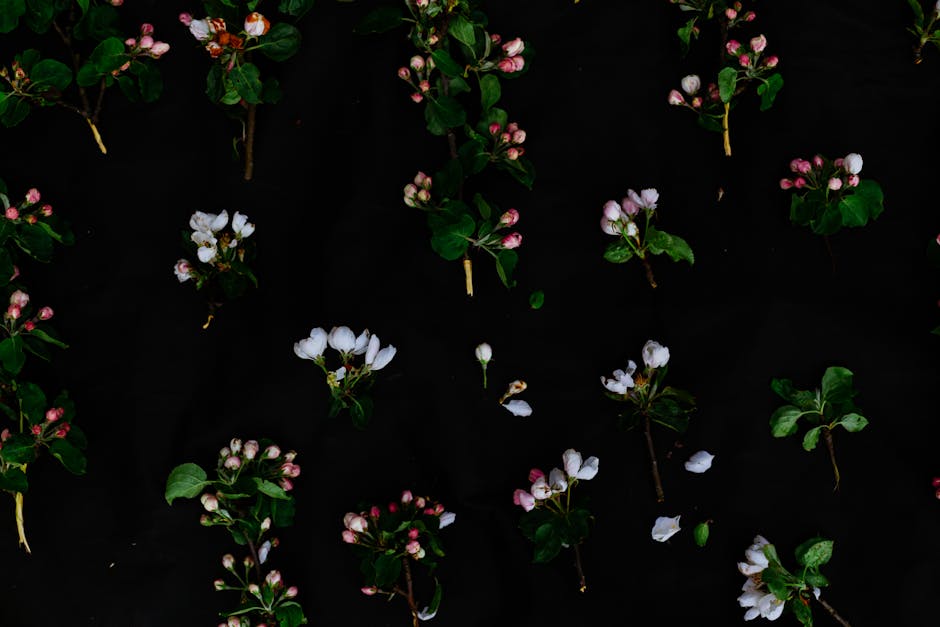
Pollinator Attraction
Salvia Blue Hill sustains the garden ecosystem by inviting pollinators. Its vibrant blue-purple flowers enhance visual appeal and serve as a vital food source for bees. The tubular blooms, rich in nectar, make Salvia Blue Hill a buzzing hub of activity from early summer to fall. The plant's structure accommodates bees, providing easy access to nectar for their energy needs and pollination.
Butterflies, with their intricate lifecycles and aesthetic value, frequently visit Salvia Blue Hill for nectar. They play an integral part in pollination, moving from flower to flower and facilitating pollen transfer. The presence of butterflies indicates a healthy ecosystem.
Hummingbirds, attracted by bright colors and rich nectar, hover around the garden, dipping their long beaks into Salvia Blue Hill's flowers. This action is essential for cross-pollination, helping fertilize plants over a wider area.4 The attraction of hummingbirds underscores the plant's role in supporting biodiversity.
By incorporating Salvia Blue Hill, gardeners create a sanctuary for pollinators, crucial for biodiversity and local ecosystem health. The plant's ability to attract beneficial insects and wildlife highlights its importance beyond aesthetics, underlining its ecological benefits and contribution to balanced garden biodiversity. Through such plantings, gardeners directly support vital pollinator populations for food crop production and natural plant community preservation.

Propagation
When propagating Salvia Blue Hill, early spring or fall is ideal, when the plant is not in peak bloom. This timing minimizes stress, promoting healthier root and shoot development in propagated specimens.
Division
Dividing Salvia Blue Hill is an effective multiplication method. Carefully dig around the base, going deep to avoid damaging roots. Use a sharp knife or spade to split the root clump into smaller sections, each with several growing points. Replant divisions at the original depth, spacing them 18 to 24 inches apart for ample growth room.
Cuttings
Taking cuttings is another popular method, suitable from spring through fall:
- Choose healthy, non-flowering stems, cutting just below a node to 4-6 inches length.
- Remove lower leaves, dip the cut end in rooting hormone powder, and plant in a perlite and peat mix.
- Keep soil moist and place the pot in a warm spot with indirect light.
- Roots typically develop in a few weeks, then plants can be moved to individual pots and later outdoors when robust.
For successful propagation growth:
- Maintain consistent soil moisture, but avoid waterlogging to prevent root rot.
- Place plants in full sun to partial shade, as per Salvia Blue Hill's sunlight preference.
- Use a well-draining soil mix to accommodate the plant's intolerance of wet conditions.
Patience is key in propagation. It takes time for plants to establish roots and adjust. With proper care, Salvia Blue Hill starts will grow into healthy, blooming plants that echo the parent's beauty and resilience.
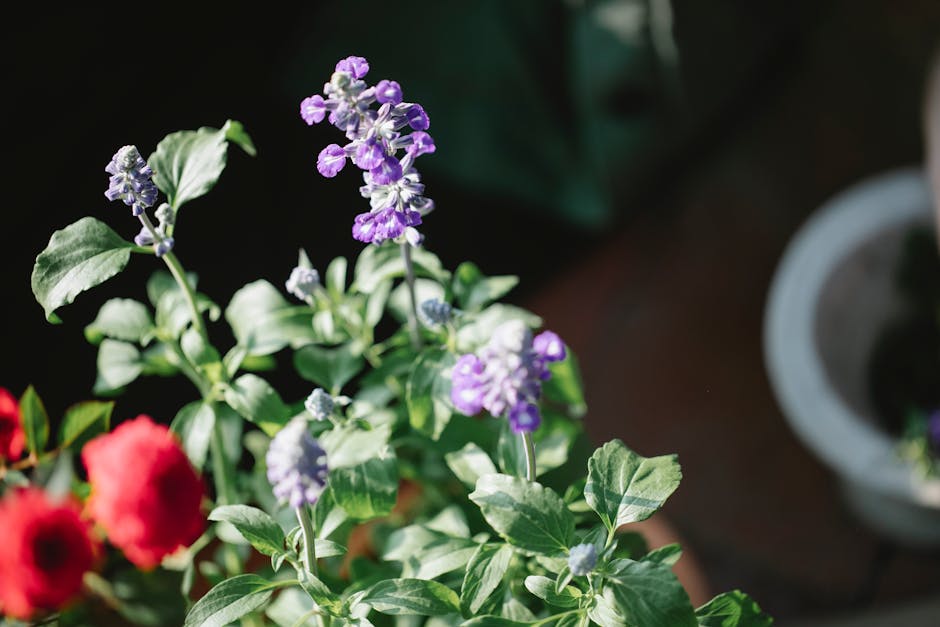
In conclusion, Salvia Blue Hill stands out not just for its vibrant hues and drought tolerance but for its ability to enrich the garden ecosystem by attracting pollinators. This plant exemplifies how simplicity in care can lead to a garden that’s both visually stunning and ecologically vibrant. By choosing Salvia Blue Hill, gardeners make a choice that supports local wildlife, adding depth and dynamism to their garden’s life cycle.
- Garbuzov M, Ratnieks FL. Quantifying variation among garden plants in attractiveness to bees and other flower-visiting insects. Funct Ecol. 2014;28(2):364-374.
- Armitage AM. Herbaceous Perennial Plants: A Treatise on Their Identification, Culture, and Garden Attributes. 3rd ed. Stipes Publishing; 2008.
- Brickell C, ed. American Horticultural Society Encyclopedia of Plants and Flowers. DK Publishing; 2011.
- Paige KN. The functional genomics of inbreeding depression: a new approach to an old problem. BioScience. 2010;60(4):267-277.
Revolutionize your content with Writio, the AI writer for website publishers. This article was crafted by Writio.
Leave a Reply